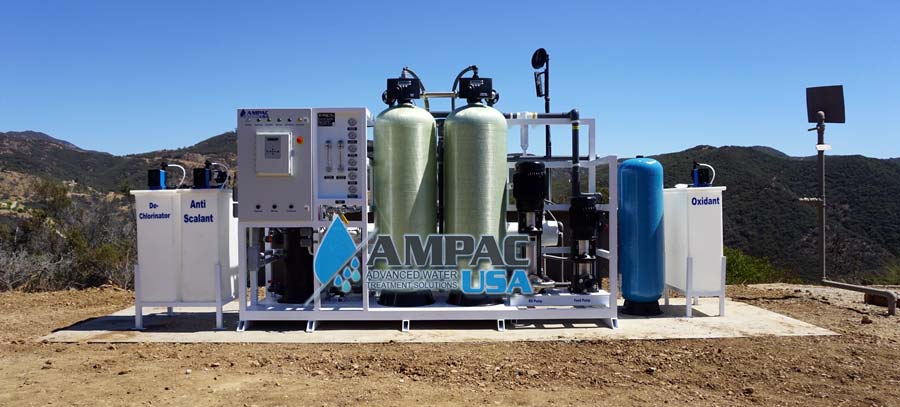The landscape of Reverse Osmosis (RO) systems is Growing rapidly, with 2024 poised to be a pivotal year marked by innovative trends and insightful predictions from industry experts. As the demand for clean, safe, and sustainable water solutions continues to grow, understanding these developments is crucial for consumers, businesses, and environmental advocates alike.
Technologies advancement in RO Systems
The advent of cutting-edge technologies has dramatically enhanced the efficiency, reliability, and sustainability of RO systems. From advanced membrane materials to energy-efficient designs, these innovations are setting new benchmarks in water purification.
Nanostructured Membranes
Recent breakthroughs in nanoengineering have led to the development of membranes with unprecedented filtration capabilities. These nanostructured membranes offer superior performance in removing contaminants, significantly reducing energy consumption and operational costs.
Smart RO Systems
Integration of IoT (Internet of Things) technology has transformed RO systems into smart devices capable of real-time monitoring, automated maintenance, and personalized settings. This not only improves user experience but also optimizes water usage and extends the lifespan of the system.
Sustainability and Environmental Impact
The environmental footprint of RO systems is a growing concern, prompting the industry to adopt greener practices. Innovations in system design and waste management are crucial in making RO technology more eco-friendly.
Zero Liquid Discharge (ZLD) Systems
ZLD technology is gaining traction as a sustainable approach to handling the brine waste produced by RO systems. By recovering and reusing minerals from the brine, ZLD systems minimize environmental impact and enhance water conservation.
Renewable Energy Integration
The integration of solar and wind energy into RO systems is a game-changing trend, reducing dependency on fossil fuels and lowering carbon emissions. This renewable energy-powered approach is particularly transformative for remote and off-grid areas.
Regulatory Changes and Quality Standards
As RO technology evolves, so do the regulatory frameworks governing its use. Stricter quality standards and guidelines are being implemented to ensure the safety and effectiveness of RO water.
Enhanced Quality Control Measures
With an increased focus on public health, regulatory bodies are setting higher quality standards for RO water. This includes stringent testing for emerging contaminants and adopting universal benchmarks for system performance.
Global Water Safety Regulations
In response to the global water crisis, international regulations are being strengthened to promote the adoption of RO systems in providing clean drinking water. These regulations emphasize the need for sustainable water management practices and the protection of water resources.
Market Trends and Consumer Preferences
Consumer preferences are shifting towards more sophisticated, user-friendly, and sustainable RO systems. Market trends reflect a growing demand for systems that offer not just purification but also health benefits and eco-conscious features.
Alkaline and Mineralized RO Water
The health-conscious consumer is driving the demand for RO systems that not only purify but also enhance water quality by adding essential minerals and adjusting pH levels. Alkaline and mineralized RO water is becoming increasingly popular for its purported health benefits.
Compact and Designer RO Systems
Aesthetic appeal and space efficiency are becoming key factors in consumer choice. Compact, designer RO systems that blend seamlessly with modern interiors are in high demand, especially in urban settings.
AMPAC USA as a Leading Supplier and Distributor
Amidst these industry-wide trends and shifts, AMPAC USA emerges as a key player, supplying and distributing state-of-the-art RO systems that cater to the evolving demands of the market. Known for their commitment to quality, innovation, and customer satisfaction, AMPAC USA’s products embody the cutting-edge advancements and sustainability practices that define the future of water purification.
Conclusion
The RO system industry in 2024 is at the forefront of technological innovation, sustainability, and regulatory evolution. By embracing these trends and predictions, the industry is not only addressing the immediate needs of water purification but also contributing to the broader goals of environmental sustainability and public health. As we move forward, the continued collaboration between industry experts, regulatory bodies, and consumers will be pivotal in shaping a future where clean, safe, and sustainable water is accessible to all.









